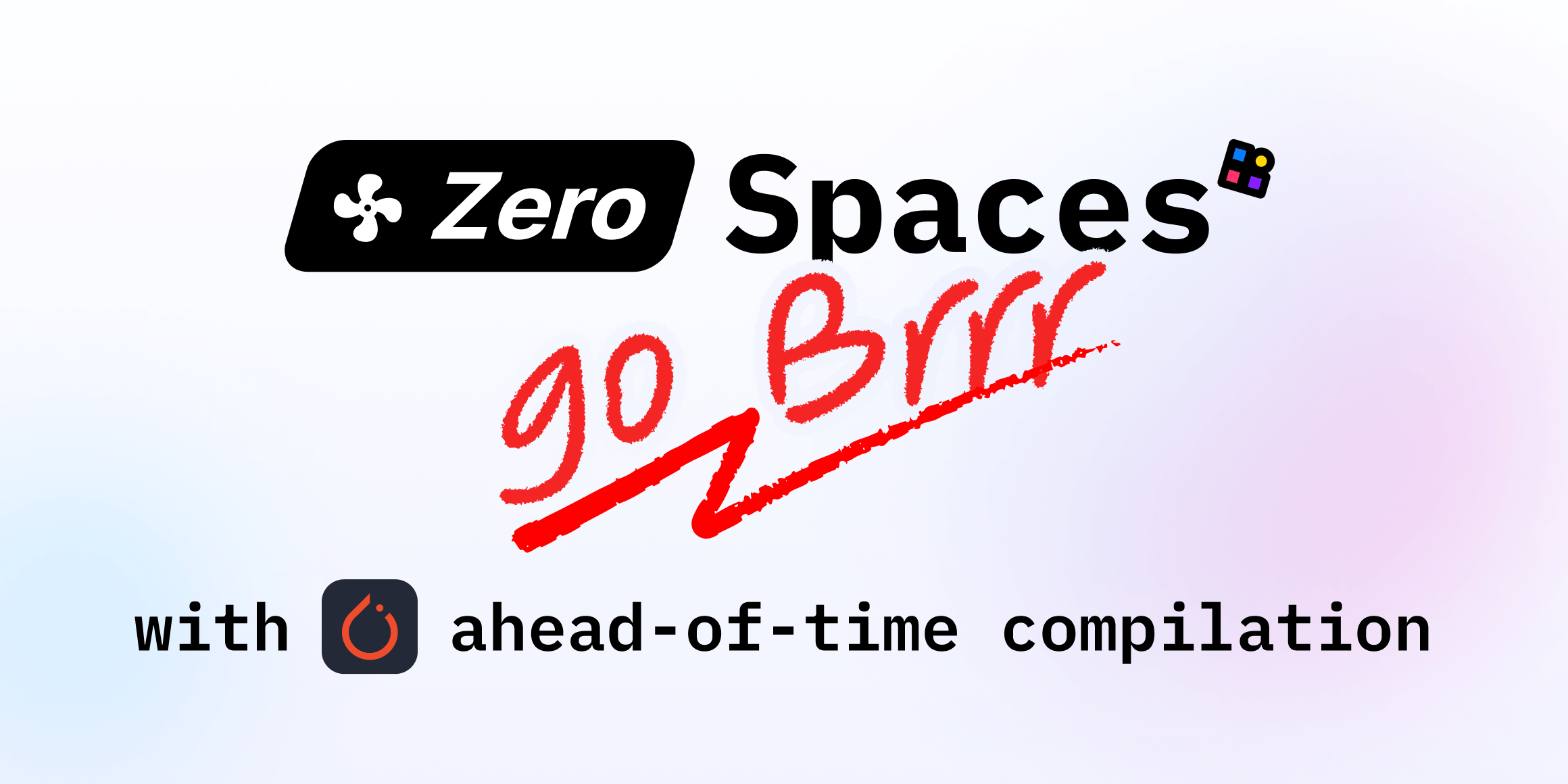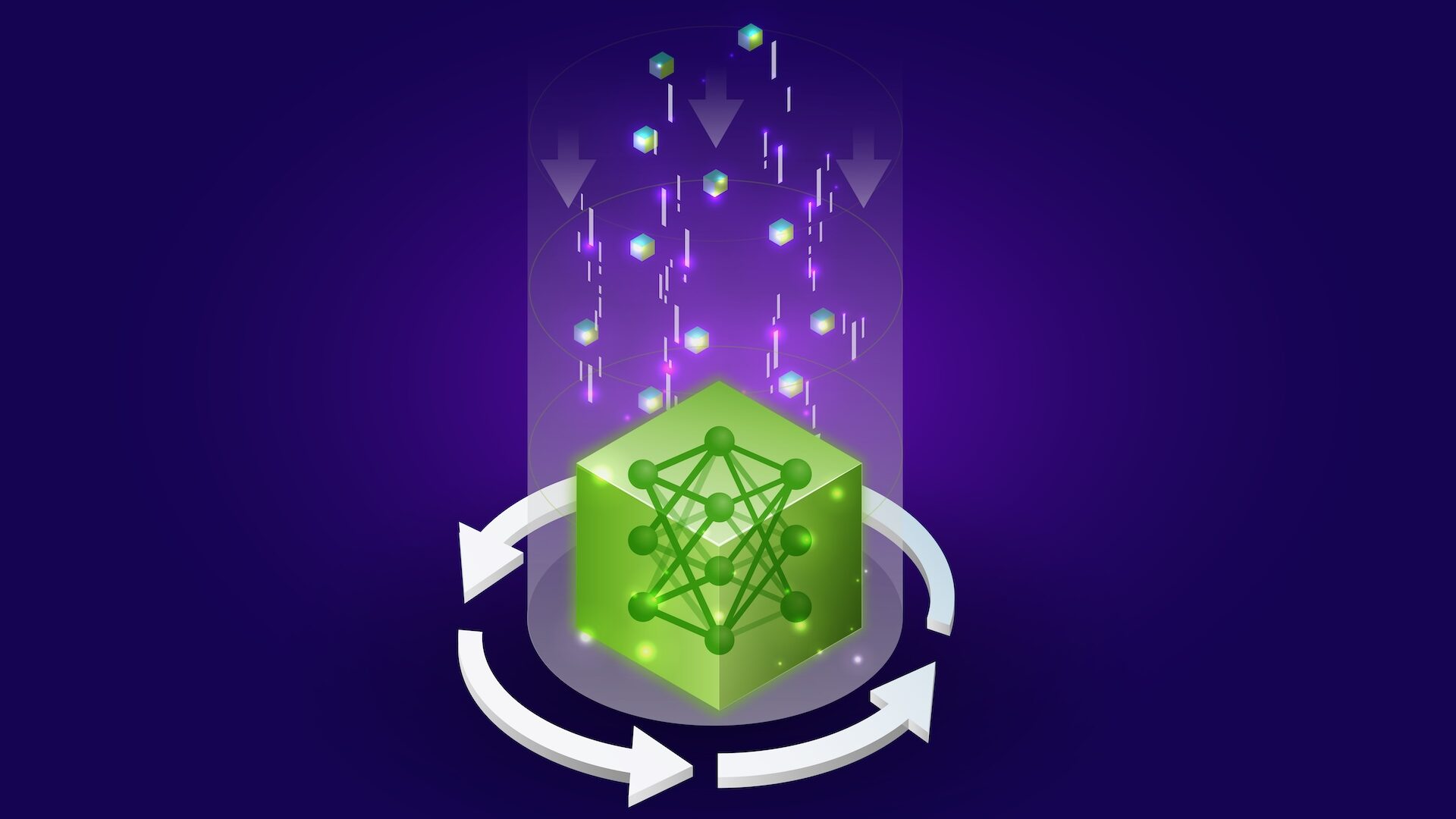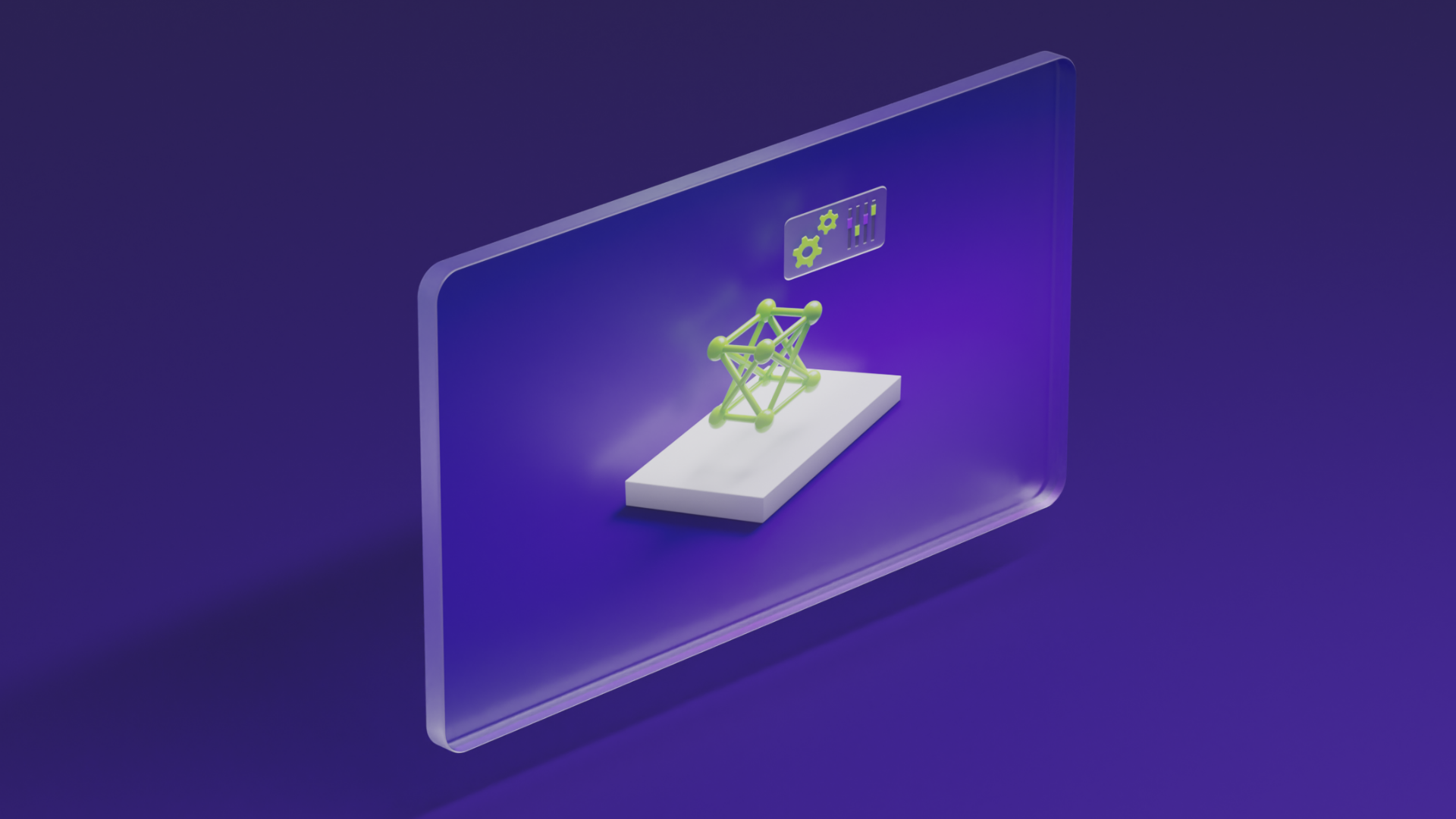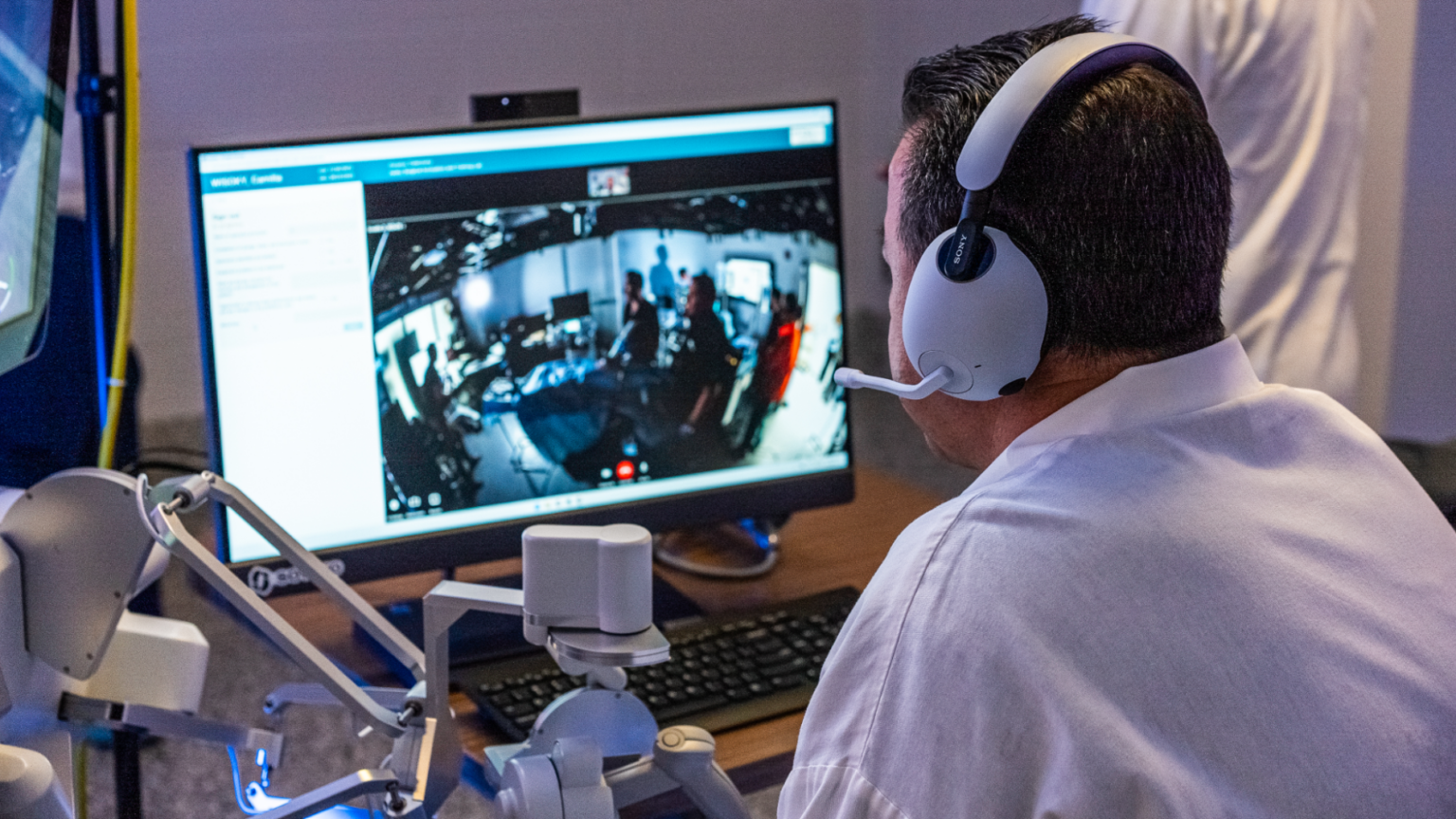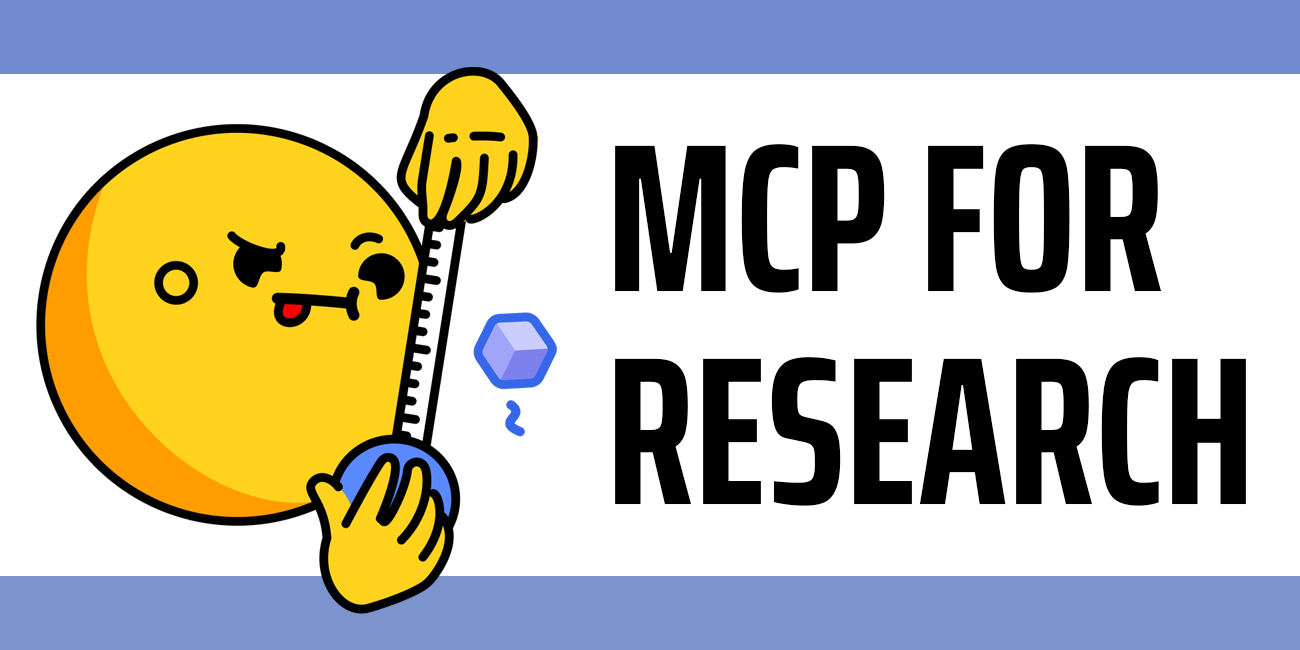
MCP for Research: Connecting AI to Research Tools
Sources: https://huggingface.co/blog/mcp-for-research, Hugging Face Blog
Overview
The Model Context Protocol (MCP) is a standard that enables agentic models to communicate with external tools and data sources. For research discovery, this means AI can use research tools through natural language requests, automating platform switching and cross-referencing across arXiv, GitHub, and Hugging Face. MCP provides an abstraction layer above scripting, letting researchers express workflows in natural language while Python-based tooling performs the actions. This aligns with the Software 3.0 analogy, where the direction of software development is expressed in natural language and realized by software components. The same caveats that apply to scripting still apply here: scripts can be fast, but brittle when APIs change, rate limits apply, or parsing fails. By exposing Python tooling to AI via MCP, researchers can orchestrate multiple tools, fill information gaps, and reason about results within a coordinated workflow. For researchers, the practical upshot is that AI can orchestrate multiple tools to gather papers, code, datasets, and models, cross-link metadata, and keep track of what has been found. The easiest way to get started is through Hugging Face MCP Settings, described as the standard way to use MCP tools with Hugging Face Spaces. The settings page provides client-specific configuration automatically generated and kept up to date by the service. This approach mirrors the Software 3.0 notion that natural language research direction becomes the software implementation, with the same automation benefits and caveats as scripting. The article notes that the Research Tracker MCP can be added most easily via Hugging Face MCP Settings, and it emphasizes using the MCP server in conjunction with Spaces as MCP tools. The workflow enables AI to automate research discovery, bridge information gaps, and reason about cross-platform results. Get Started: Build Your Own: Community: Ready to automate your research discovery? Try the Research Tracker MCP or build your own research tools with the resources above.
Key features
- Standardized protocol for tool communication between agentic models and external data sources and tools.
- Natural language orchestration that lets AI coordinate multiple MCP-enabled tools and services.
- Automation of platform switching and cross-referencing across arXiv, GitHub, Hugging Face, and related sources.
- An abstraction above scripting: the research direction is expressed in natural language and realized by tooling.
- Easy entry with Research Tracker MCP through Hugging Face MCP Settings; the server standard to use Hugging Face Spaces as MCP tools, with client configuration automatically generated and kept up to date.
- Alignment with the Software 3.0 analogy: research direction becomes software implementation in natural language.
- AI can fill information gaps and reason about results by coordinating multiple tools and datasets, with Python tooling exposed to the AI workflow.
Common use cases
- Research discovery across arXiv, GitHub, and Hugging Face: identify papers, code, related models, and datasets, then cross-link metadata.
- Building and operating a systematic workflow like the Research Tracker, which represents a scripting-based approach extended by MCP-driven orchestration.
- Automated collection and cross-referencing of metadata, results, and provenance across platforms.
- Systematic literature reviews and mapping that can be augmented by automation while retaining human oversight to validate results.
- Scenarios where researchers want to reduce manual platform switching by letting AI carry out cross-reference tasks via natural language.
Setup & installation (exact commands; fenced code with language tags)
The easiest way to add the Research Tracker MCP is through Hugging Face MCP Settings; this is described as the standard way to use MCP tools with Hugging Face Spaces. The settings page provides client-specific configuration that is automatically generated and kept up to date.
# Setup commands are not provided in the source.Quick start (minimal runnable example)
The article emphasizes natural language orchestration of research tasks via MCP. A minimal runnable example is not provided; instead, you can think of a workflow like: activate MCP on your environment, instruct the AI in natural language to search across research sources, and let MCP-driven tooling fetch, deduplicate, and cross-reference results to present a consolidated view. A concise mental model is to say: search arXiv and GitHub for a topic, cross-reference results with Hugging Face entries, and summarize findings with metadata and provenance. The exact runnable example is not provided in the source.
Pros and cons
- Pros: MCP enables AI to orchestrate multiple tools, fill information gaps, and reason about results within a coordinated workflow; it provides an abstraction layer above scripting; it aligns with the Software 3.0 analogy.
- Cons: The same caveats as scripting apply: APIs change, rate limits can bite, parsing errors occur, and without human oversight, scripts may miss relevant results or be incomplete. The reliability of automation depends on the stability of underlying tools and data sources.
Alternatives (brief comparisons)
| Approach | What it does | Pros |
| Cons |
|---|
| --- |
| --- |
| --- |
| Manual research discovery |
| Slow; hard to track multiple threads; error-prone |
| Python scripting-based automation |
| Susceptible to API changes; rate limits; parsing errors; maintenance burden |
| MCP-driven AI orchestration |
| Requires stable MCP environment; tool availability and data access constraints |
Pricing or License
Not specified in the article.
References
More resources
CUDA Toolkit 13.0 for Jetson Thor: Unified Arm Ecosystem and More
Unified CUDA toolkit for Arm on Jetson Thor with full memory coherence, multi-process GPU sharing, OpenRM/dmabuf interoperability, NUMA support, and better tooling across embedded and server-class targets.
Cut Model Deployment Costs While Keeping Performance With GPU Memory Swap
Leverage GPU memory swap (model hot-swapping) to share GPUs across multiple LLMs, reduce idle GPU costs, and improve autoscaling while meeting SLAs.
Make ZeroGPU Spaces faster with PyTorch ahead-of-time (AoT) compilation
Learn how PyTorch AoT compilation speeds up ZeroGPU Spaces by exporting a compiled model once and reloading instantly, with FP8 quantization, dynamic shapes, and careful integration with the Spaces GPU workflow.
Fine-Tuning gpt-oss for Accuracy and Performance with Quantization Aware Training
Guide to fine-tuning gpt-oss with SFT + QAT to recover FP4 accuracy while preserving efficiency, including upcasting to BF16, MXFP4, NVFP4, and deployment with TensorRT-LLM.
How Small Language Models Are Key to Scalable Agentic AI
Explores how small language models enable cost-effective, flexible agentic AI alongside LLMs, with NVIDIA NeMo and Nemotron Nano 2.
Getting Started with NVIDIA Isaac for Healthcare Using the Telesurgery Workflow
A production-ready, modular telesurgery workflow from NVIDIA Isaac for Healthcare unifies simulation and clinical deployment across a low-latency, three-computer architecture. It covers video/sensor streaming, robot control, haptics, and simulation to support training and remote procedures.


